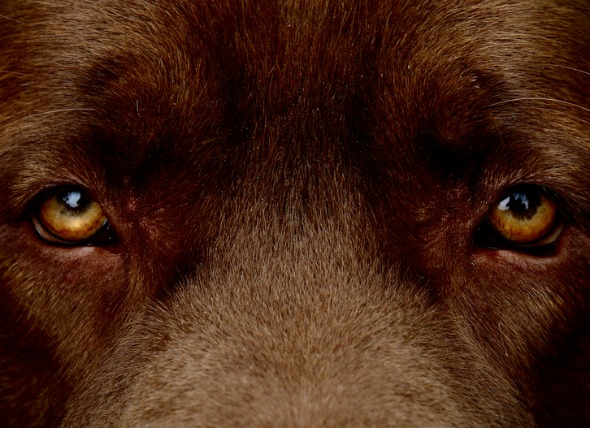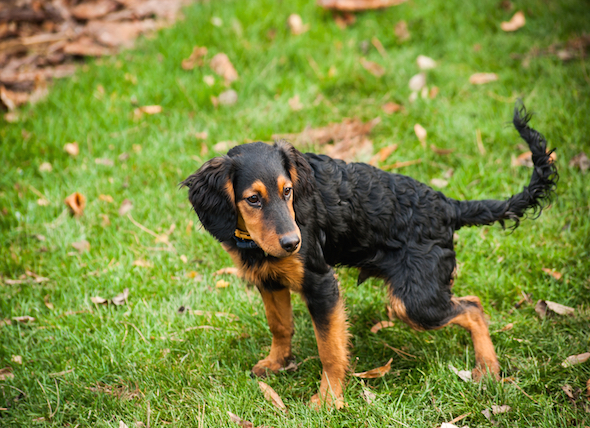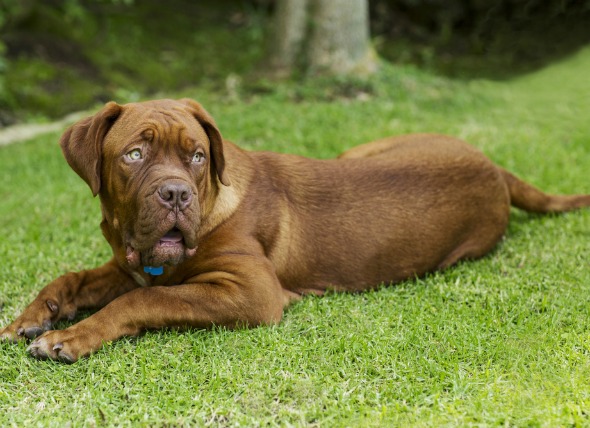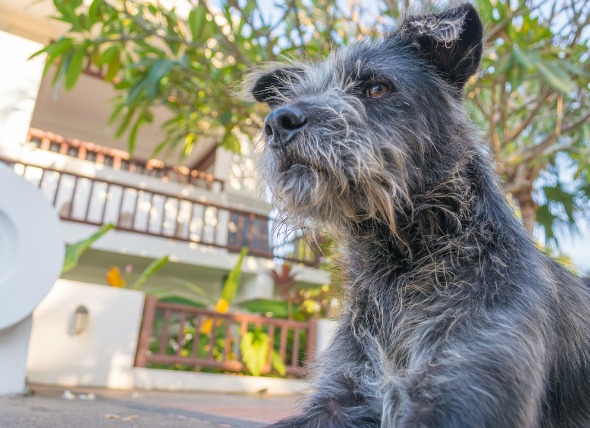

The cornea -- the transparent part of the eye --forms a cover over the iris and pupil. It also admits light to the inside of the eye. A corneal ulcer occurs when deeper layers of the cornea are lost; these ulcers are classified as superficial or deep. If your dog's eyes are tearing excessively, or it is squinting, there is a possibility of a corneal ulcer (or ulcerative keratitis).
Wounds are often the cause, usually from playing or scuffling with another dog or cat. However, there also may be a foreign object under the eyelid. In some breeds, the eyelids have a tendency to roll inward, causing the eyelashes to irritate the eye’s surface.
The following breeds, all characterized by short noses and prominent eyes, are more likely to develop this problem.
Boxers are particularly inclined to develop severe cases of this disease. If there is persistent wetness around the eyes, taking it to the veterinarian is recommended. These dogs can have an eye pop from its socket and require surgery to put it back. A harness is better than a leash because of this. If the eyelids do not close completely, consult your veterinarian about a possible surgical correction.
Your vet will conduct a thorough eye examination, including an inspection of the eye and cornea. Diagnostic dyes are often used to look for corneal erosions or ulcers. In addition, samples will be collected and cultured for bacteria and fungi — this will also rule out conjunctivitis. Blood tests may be done to rule out any viral infections.
Treatment will depend on the underlying cause. If the ulcers are deep or are growing, surgery (with hospitalization) may be required and activity will be restricted. Your veterinarian may also put a collar on the dog’s neck to keep it from clawing at its eyes. If the erosion or tumor are superficial, surgery will probably not be recommended. The veterinarian may take a cotton swab and remove loose layers of the cornea if the ulcer is deep. An incision is sometimes made into the cornea for purposes of repairing it. Any corneal laceration requires immediate treatment and repair.
Antibiotics and other medications will be prescribed and are applied topically onto the eye, including those used to stimulate tear production. Inflammation and pain may be treated with nonsteroidal anti-inflammatory medications. In certain cases contact lenses may be inserted to reduce eyelid irritation; this can sometimes substitute for surgery.
Follow your veterinarian's instructions. Activity should be limited during the treatment and healing period. If the ulcer is superficial, it should heal in about a week. If is more serious, it may require extensive treatment and/or surgery, in which case the cornea should be healed about two weeks after the surgery. If your dog is one of the breeds listed above, be cautious with their eyes.
 Black, Tarry Feces due to Presence of Blood in Dogs
Melena in Dogs
The term melena is used to describ
Black, Tarry Feces due to Presence of Blood in Dogs
Melena in Dogs
The term melena is used to describ
 Low Blood Sugar in Dogs
Hypoglycemia in Dogs
The medical term for critica
Low Blood Sugar in Dogs
Hypoglycemia in Dogs
The medical term for critica
 Constipation (Severe) in Dogs
Megacolon in Dogs
The colon is the section of the
Constipation (Severe) in Dogs
Megacolon in Dogs
The colon is the section of the
 Demodectic Mange in Dogs
Demodicosis in Dogs
Mange (demodicosis) is
Demodectic Mange in Dogs
Demodicosis in Dogs
Mange (demodicosis) is
 Hernia (Inguinal) in Dogs
Inguinal Hernia in Dogs
Much like humans, dogs ca
Hernia (Inguinal) in Dogs
Inguinal Hernia in Dogs
Much like humans, dogs ca
Copyright © 2005-2016 Pet Information All Rights Reserved
Contact us: www162date@outlook.com